Skin Problems in Gym-goes and fitness enthusiasts.
Common Skin Problems Faced by Gym-Goers:
Acne: Sweat, combined with bacteria and dead skin cells, can clog pores and lead to acne breakouts. Areas such as the face, back, and chest are particularly prone to acne due to increased sweat production during workouts.
In some cases it also cause Fungal Infections.
Fungal infections in gyms are commonly caused by dermatophytes, a group of fungi that thrive in warm, moist environments. Sweaty workout equipment, damp locker rooms, and communal showers provide ample opportunities for these fungi to flourish. One of the most prevalent fungal infections encountered in gyms is athlete's foot, characterized by itchy, cracked skin between the toes. Additionally, ringworm, jock itch, and nail fungus are also frequent offenders, spreading easily in shared spaces.
The risk of contracting fungal infections in the gym can be mitigated by following a few simple precautions. Firstly, maintaining proper hygiene practices is essential. This includes showering immediately after workouts, using clean towels, and wearing flip-flops or shower shoes in communal areas. Furthermore, avoiding sharing personal items such as towels, razors, or footwear can help prevent the spread of fungi.
Irritant Contact Dermatitis: Exposure to certain gym equipment, harsh cleaning chemicals, or even sweaty workout clothes can cause skin irritation. This may manifest as redness, itching, or rash, particularly in sensitive individuals.
Folliculitis: Friction from tight clothing or equipment can irritate hair follicles, leading to folliculitis—a condition characterized by inflamed hair follicles. It can cause red bumps or pustules, often mistaken for acne.
Preventive Measures:
When you hit the gym, you're not just sharing equipment; you're also sharing germs. From the elliptical machine handles to the free weights, every surface is a potential hotspot for bacteria like Staphylococcus aureus, which can cause skin infections or even more serious health issues if it enters the bloodstream.
Add to that the risk of viruses like the common cold or influenza lingering on surfaces, and you've got a recipe for potential illness.
That's where handwashing comes in as a simple yet powerful defense mechanism. By washing your hands immediately after leaving the gym, you can effectively remove any lingering germs and reduce the risk of spreading them to yourself or others. Proper handwashing involves using soap and water to lather up and scrub all surfaces of your hands, including between your fingers and under your nails, for at least 20 seconds. This simple act can significantly decrease the likelihood of getting sick and help maintain a healthier gym environment for everyone.
handwashing immediately after visiting public gyms is a small yet significant action that can make a big difference in protecting yourself and others from illness. By making it a habit to wash your hands thoroughly after working out, you're not only promoting your own health but also contributing to a cleaner, safer gym environment for everyone.
Maintain Good Hygiene: Shower after workouts to remove sweat and bacteria from the skin. Use a gentle cleanser to unclog pores and prevent acne. Avoid sharing towels, razors, or other personal items to minimize the risk of infection.
Wear Breathable Clothing: Opt for moisture-wicking fabrics that allow sweat to evaporate quickly, reducing the likelihood of skin irritation and fungal growth. Loose-fitting attire can also help minimize friction and prevent folliculitis.
Clean Gym Equipment: Before using any equipment, wipe it down with disinfectant wipes to remove bacteria and sweat left behind by previous users. Consider bringing your own towel or mat to create a barrier between your skin and shared surfaces.
Practice Foot Hygiene: Wear clean socks and well-ventilated shoes to prevent fungal infections like athlete's foot. After showering, thoroughly dry your feet, especially between the toes, to inhibit fungal growth.
Proper Wound Care: If you develop cuts, scrapes, or blisters while exercising, keep the area clean and covered to prevent infection. Apply an antibacterial ointment and change bandages regularly until the skin heals completely.
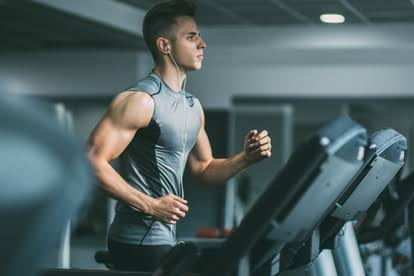

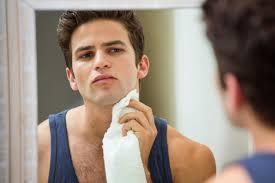

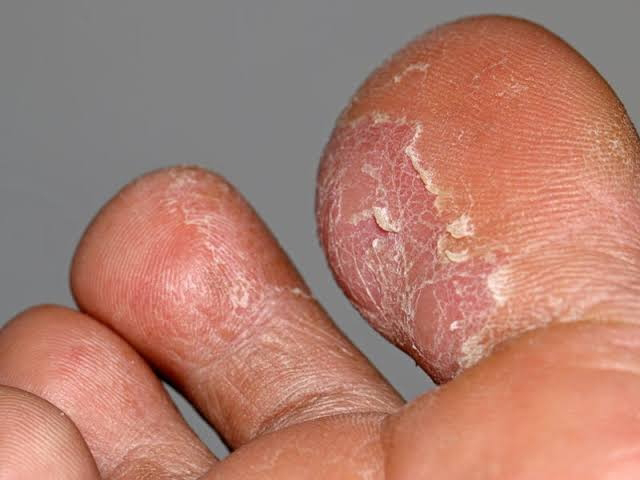

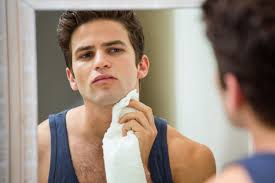

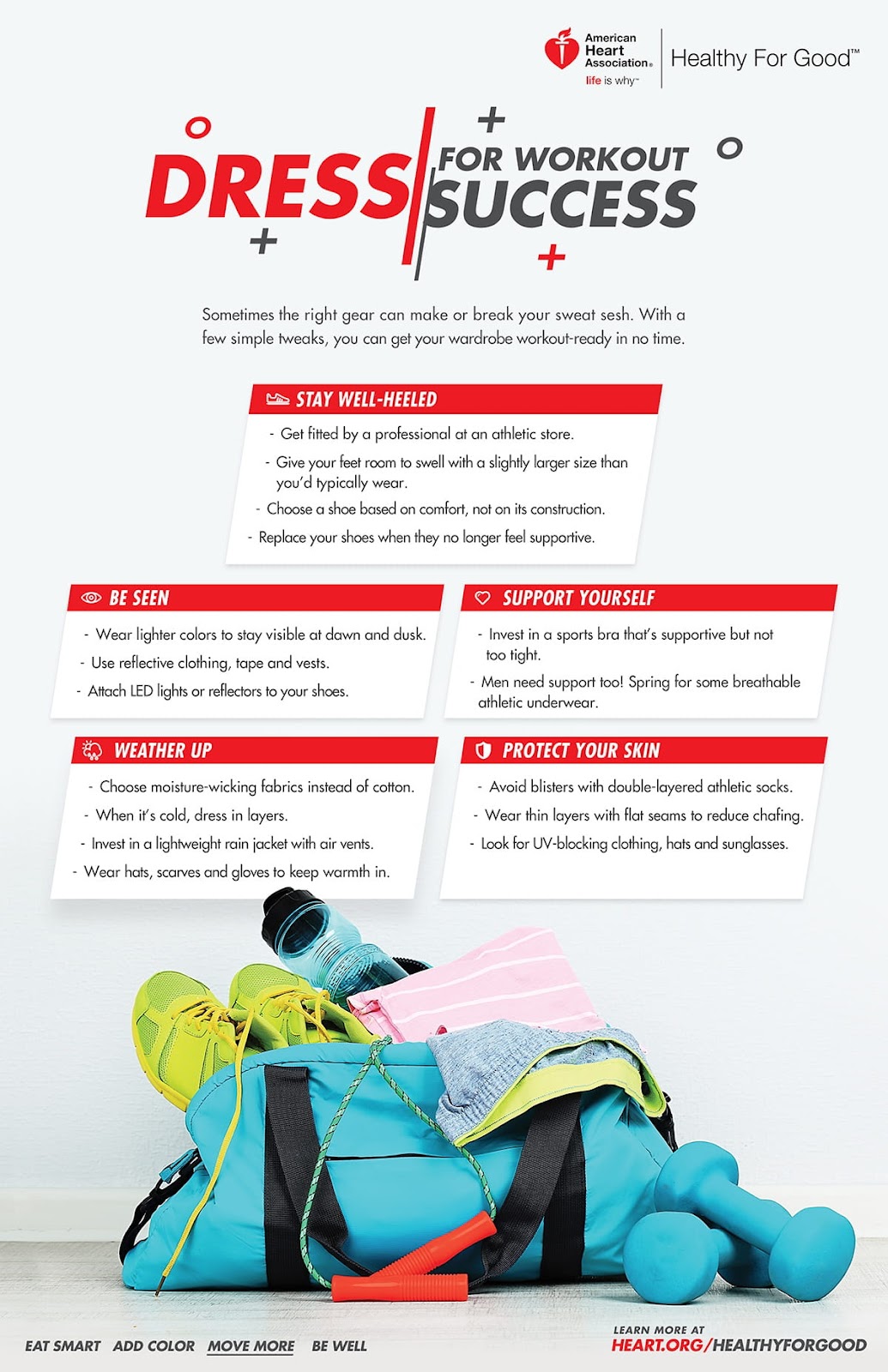

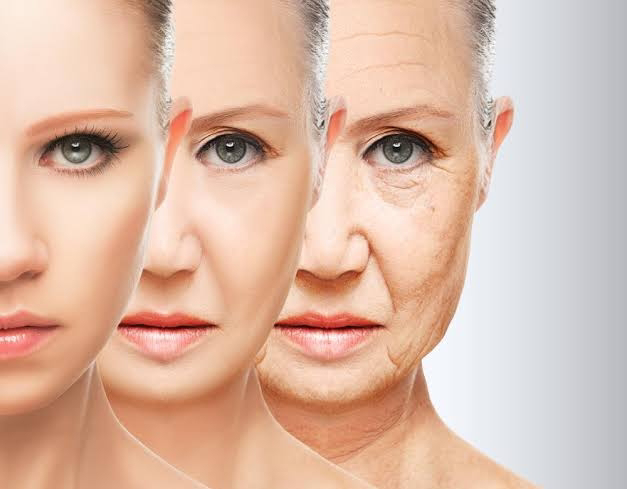

Comments
Post a Comment